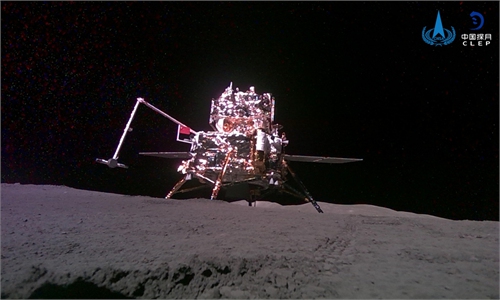Smartphones are getting a longer life, with extended software updates promising up to seven years of use.
EVERY smartphone has an expiration date. That day arrives when the software updates stop coming and you start missing out on new apps and security protections. With most phones, this used to happen after about three years.
But things are finally starting to change. The new number is seven.
Google announced that with its Pixel 8 smartphone, released in October, it is committed to providing software updates for the phone for seven years, up from three years for its previous Pixels.
This year, Samsung, the most profitable Android phone maker, set a similar software timeline for its flagship Galaxy S24.
Both companies said they had expanded their software support to make their phones last longer. This is a change from how companies used to talk about phones.
Not long ago, tech giants unveiled new devices that encouraged people to upgrade every two years.
But in the past few years, smartphone sales have slowed down worldwide as their improvements have become more marginal. Nowadays, people want their phones to endure.
Samsung and Google, the two most influential Android device makers, are playing catch-up with Apple, which has traditionally provided software updates for iphones for roughly seven years.
These moves will make phones last much longer and give people more flexibility to decide when it’s time to upgrade.
Google said in a statement that it had expanded its software commitment because it wanted customers to feel confident in Pixel phones. And Samsung said it would deliver seven years of software updates, which increase security and reliability, for all its Galaxy flagship phones from now on.
Here’s what you should know about why this is happening and what you can do to make your phone last longer.
Why is this happening?
In the past, Android phone makers said the technical process of providing software updates was complicated, so to stay profitable, they dropped support after a few years. But tech companies are now under intense external pressure to invest in making their devices last longer.
In 2021, the US Federal Trade Commission announced that it would ramp up enforcement against tech companies that made it difficult to fix and maintain their products.
That accelerated the “right to repair” movement, a piece of proposed US legislation that required companies to provide the parts, tools and software to extend the lives of their products.
Google announced its new commitment to smartphones after being pressured to make a similar move for its laptops.
In September, the company agreed to expand software support for its Chromebook to 10 years, up from eight, in response to a grassroots campaign that highlighted how shortlived Google laptops were causing budget crunches in schools.
Nathan Proctor, a director at US PIRG, a non-profit largely funded by small donors that led the Chromebook campaign, said the new standard of seven years of support for smartphones would have a profound effect.
“It’s a huge win for the environment,” he said. “I want to see more of it.”
What else do I need to do?
Software updates are one big part of what keeps a phone working well, but there are other steps to lengthen smartphone lives, similar to maintaining a car.
They include replacing the phone battery every two years. The lithium-ion batteries in phones have a finite life. After about two years, the amount of charge they can hold diminishes, and it’s wise to replace the battery.
Replacing a smartphone battery isn’t easy, so it’s best to get help from the manufacturer’s service centre or a reputable shop.
Some smartphone companies, for instance, allow customers to schedule a battery replacement appointment at a retail store through their website.
Protect it
Smartphones are still mostly made of glass, so to make a phone last seven years, it’s wise to invest in a high-quality case.
A screen protector is an extra safeguard, though many won’t enjoy how it distorts the picture quality of the screen. The New York Times’ sister site that reviews products, Wirecutter, recommends cases from brands like Smartish, Spigen, and Mujjo, or cases from the phone makers themselves.
Unless you’re very accident-prone, I recommend against buying extended warranties because their costs can exceed the cost of a repair.
Clean it
Smartphones have few moving parts, so there’s little we have to do to physically maintain them. But most of us neglect cleaning the parts that we rarely look at: charging ports and speaker holes.
Over time, those holes are clogged with dirt, pocket lint and makeup. That built-up debris can make a phone take longer to charge or a phone call more difficult to hear.
“It’s the belly button lint of cellphones,” said Kyle Wiens, CEO of ifixit, a site that publishes instructions and sells parts to repair electronics.
Fortunately, he added, you don’t need a fancy tool. Just use a toothpick to dig out the gunk.
Should you upgrade?
I always recommend buying a product based on the here and now – what it can do for you today, as opposed to what companies say it will do in the future. You should continue to buy a phone based on this principle.
Plenty of people will choose to upgrade sooner for other reasons, like getting a new feature such as a better camera or a longer-lasting battery.
But those who just want to buy a phone that lasts as long as possible should pick one that will be economical to repair when things break.
By BRIAN X. CHEN
Smartphones can now last seven years. Here's how to ...

Every smartphone has an expiration date. That day arrives when software updates stop coming and you start missing out on new apps and security protections. With most phones, this happened after about only three years. Things are finally starting to change. The new number is seven. — The New York Times














